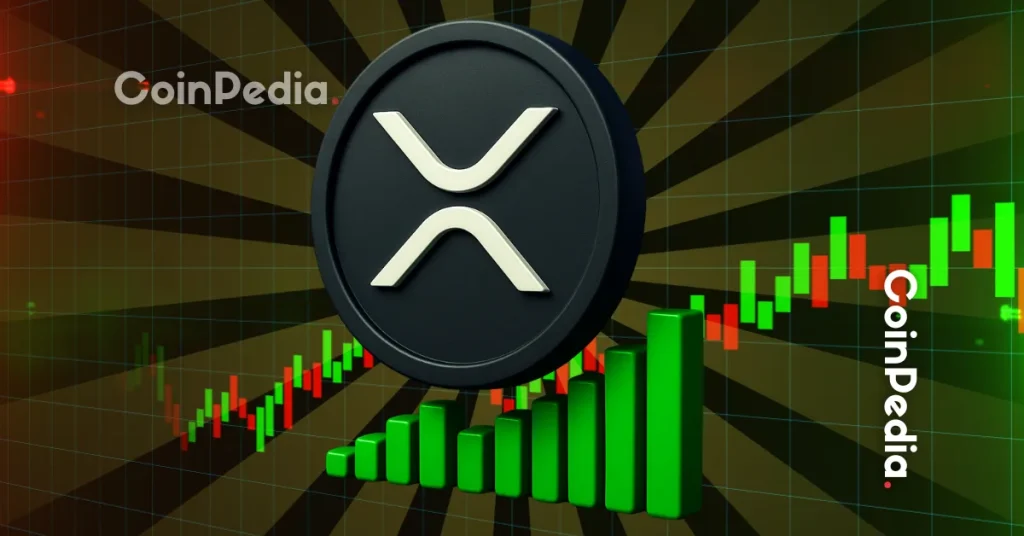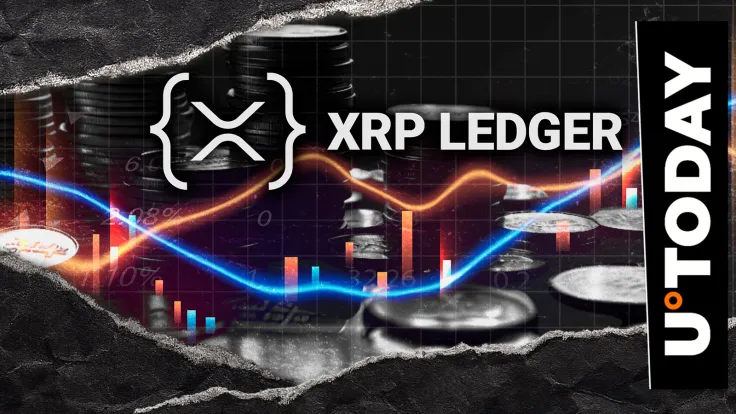How Will XRP Price React After the FOMC Meeting Today?

The post How Will XRP Price React After the FOMC Meeting Today? appeared first on Coinpedia Fintech News
The U.S. Federal Reserve is set to announce its latest interest rate decision today, and the outcome could have a direct impact on the crypto market, including XRP.
Fed Expected to Cut Rates
The current Fed funds rate is at 4.5%. Markets are widely expecting a 25 basis point cut, bringing the rate down to 4.25%. Futures data shows a 96% chance of this smaller cut and only a 4% chance of a larger 50 basis point cut.
If the Fed sticks to the 25-point cut, the decision is already priced in, so markets may see short-term volatility but not a major surprise. However, if the Fed goes further with a 50-point cut, that could fuel a strong rally across risk assets like Bitcoin, Ethereum, and XRP. On the other hand, no change in rates would likely be seen as bearish.
Why It Matters for Crypto
Lower rates generally make borrowing cheaper and add more liquidity to the financial system. This often boosts demand for risk assets, including crypto. For XRP, any signal of more aggressive rate cuts could support a push higher.
XRP Price Outlook
On the technical side, XRP is trading in a sideways range with resistance between $3.10 and $3.13. A break above this zone could open the way toward the next major resistance around $3.30 to $3.40. Support remains at $2.90 and further down at $2.75.
Analysts also point to an inverse head-and-shoulders pattern forming on the daily chart. If confirmed, this could add momentum to an upside breakout.
Despite short-term struggles, the breakout from XRP’s earlier descending triangle pattern remains valid, with a longer-term target above $3.80. But resistance levels along the way are key hurdles that could slow the move.
The FOMC decision today will likely set the tone for XRP’s next move. A standard 25-point cut may keep XRP stable, but a surprise decision could trigger sharp moves in either direction.
You May Also Like

Solana ETFs Market Grows with Fidelity and Canary Marinade’s New Funds

XRP analysts shift 2025 outlook as liquidity models evolve
